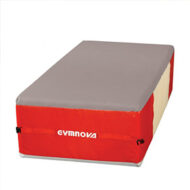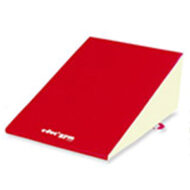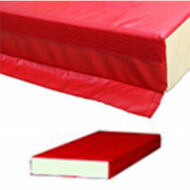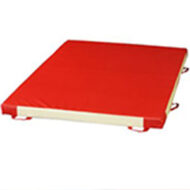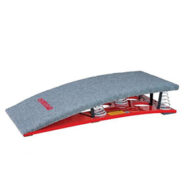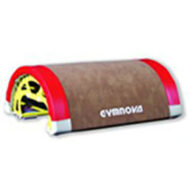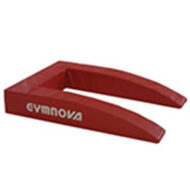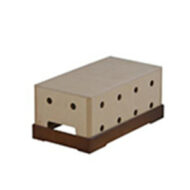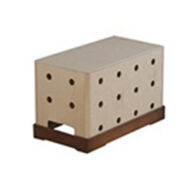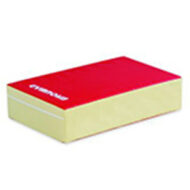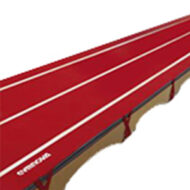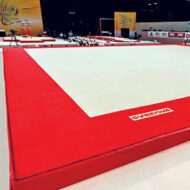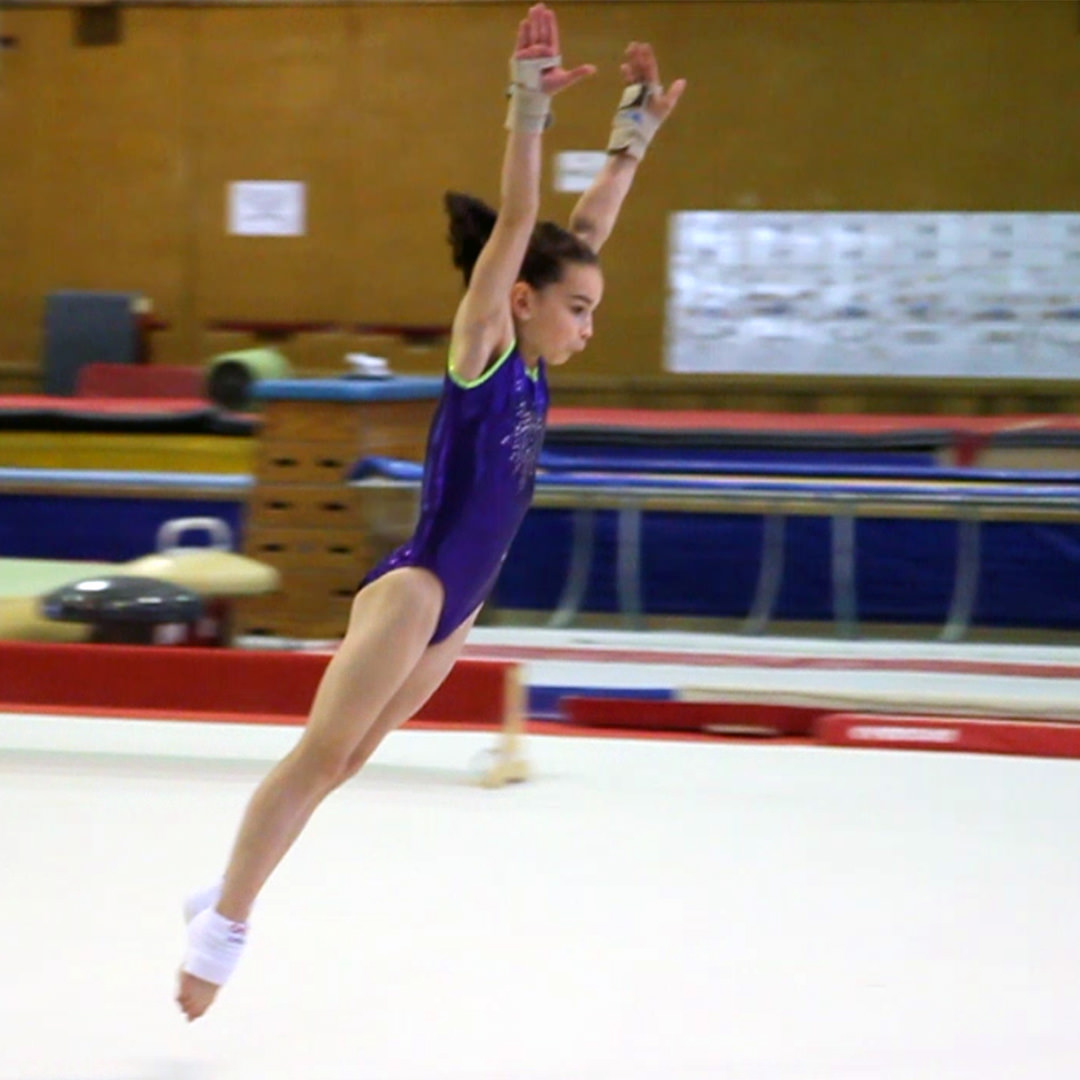The Hurdle
How to teach the Hurdle on floor



Angelo Ritorto
The Hurdle
How to teach the Hurdle on floor
description
Complete training on the hurdle on floor.
How to teach this movement that is essential for all tumbling passes on floor.
The hurdle takes gymnasts from a run-up into a forward lunge for a handspring or a round-off. It is absolutely essential, and the rest of the tumbling pass will depend on how well this hurdle is executed.
In this tutorial, we'll be looking at 3 analyses of technique for the hurdle:
- hurdle from standing
- 3 steps into hurdle
- hurdle after a run-up of more than 3 steps
In the second section, we'll go through the essential prerequisites for tackling the hurdle, followed by a complete teaching analysis.
To help you to teach this hurdle to your gymnasts, we've taken the time to break down each learning stage.
Enjoy the training!
Associated books
Let's Teach Artistic Gymnastics - Floor Skills - Volume 2
Learn how to teach:
• Cartwheel • Handspring • Run-up hurdle • Headspring • Flyspring •
All the exercises needed to learn basic forward acrobatic skills, from their beginnings to the execution of complete skills
→ 183 exercises - 230 pages - Format 15 x 21 cm -
A note on the series of books, "Let's teach gymnastics":
• Our books are essential companions to the video training on the same topics that you find in the section "Gymnastics Education" here on GymneoTV.
• Their spiral binding and tabbed pages allow you to quickly find the skills you want to look at, and easily locate the drills and training stations.
• The summaries of technique and the large format illustrations made to scale make these books the ideal companions to your training sessions.
Our advice:
• For training session prep: thanks to the technique summary and icons at the top of each page, you can easily find the stations that match the current needs of your gymnasts. You can also anticipate the equipment needs for your upcoming session.
• During training: with the help of realistic images, you can save time by showing your gymnasts the drills to work on. They will also be able to help you set up the training stations and thanks to the illustrations, they'll more easily understand the task at hand.
• You will improve the constant exchange that you have with your athletes. In fact, when giving your instructions, the illustrations create common ground for discussions or reference points. They make it easy to understand and/or visualize technical placements, which makes it much easier to learn the element.
content
- Prerequisites for the hurdle
- Learning the hurdle from a standstill
- Learning the arm movement (rhythm and direction)
- The hold and lean (initial exercises)
- Moving through the progression: adding the forward lunge
- Coordinating the leg and arm actions
- Progression of exercises with a hard mat
- Learning the hurdle, adding 1 step
- Extending the run, step 1
- Extending the run, step 2
- Conclusion

